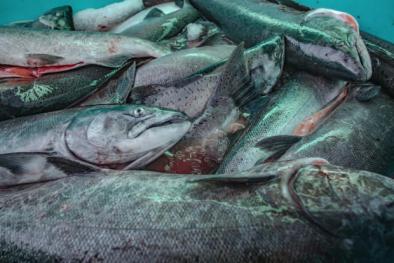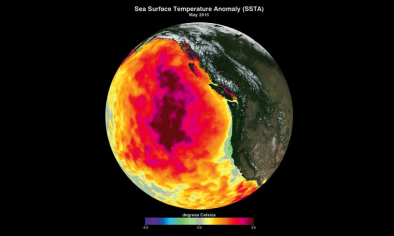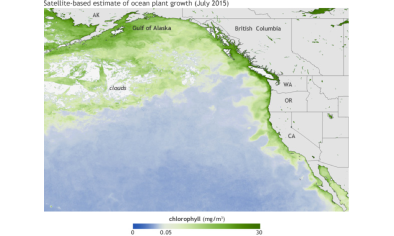The Blob That Cooked the Pacific

In the past few years death had become a bigger part of life in the ocean off North America’s West Coast. Millions of sea stars melted away in tide pools from Santa Barbara, California, to Sitka, Alaska, their bodies dissolving, their arms breaking free and wandering off. Hundreds of thousands of ocean-feeding seabirds tumbled dead onto beaches. Twenty times more sea lions than average starved in California. I watched scientists lift sea otter carcasses onto orange sleds as they perished in Homer—79 turned up dead there in one month. By year’s end, whale deaths in the western Gulf of Alaska would hit a staggering 45. Mass fatalities can be as elemental in nature as wildfire in a lodgepole pine forest, whipping through quickly, killing off the weak and clearing the way for rebirth. But these mysterious casualties all shared one thing: They overlapped with a period when West Coast ocean waters were blowing past modern temperature records.
...
Beginning in late 2013, a bewildering patch of warm water formed in the Gulf of Alaska. A stubborn atmospheric high-pressure system, nicknamed the “Ridiculously Resilient Ridge,” was keeping storms at bay. Just as blowing across hot coffee frees heat, winds usually churn and cool the sea’s surface. Instead, heat within this shifting mass, which University of Washington climatologist Nick Bond dubbed “the blob,” built up and morphed into a wider patch along North America’s West Coast, where it met warm-water masses creeping north. Sea temperatures in some places rose seven degrees Fahrenheit higher than average. Some patches of ocean were hotter than ever recorded. At its peak the warm water covered about 3.5 million square miles from Mexico to Alaska, an area larger than the contiguous United States
Related Content





